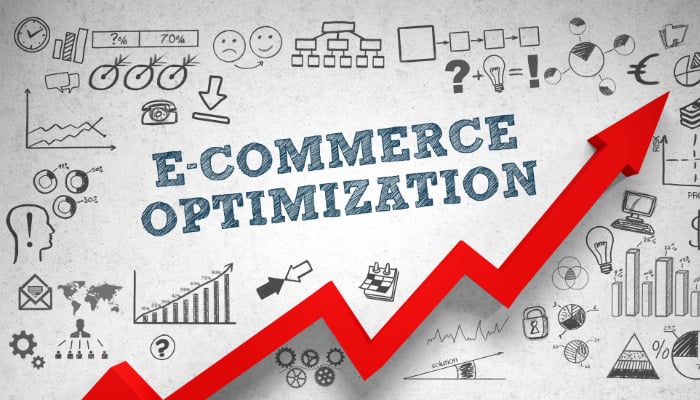E-commerce Optimization: Maximizing Your Online Store’s Potential
Introduction
In the rapidly evolving landscape of e-commerce, optimization has become paramount for online store owners striving to stand out amidst fierce competition. To succeed in this dynamic environment, businesses must deploy strategic tactics that enhance visibility, attract targeted traffic, and ultimately drive conversions. In this comprehensive guide, we delve into the intricacies of e-commerce optimization, equipping you with the knowledge and tools necessary to elevate your online store to new heights of success.
Understanding E-commerce Optimization
Defining E-commerce Optimization
E-commerce optimization encompasses a multifaceted approach aimed at refining various aspects of an online store to improve its performance, user experience, and conversion rates. It involves analyzing data, implementing changes, and testing strategies to ensure optimal results.
The Importance of E-commerce Optimization
In today’s digital age, where consumers have an abundance of choices at their fingertips, standing out in the crowded e-commerce landscape is no easy feat. E-commerce optimization empowers businesses to differentiate themselves, capture market share, and maximize profitability.
Key Strategies for E-commerce Optimization
1. Search Engine Optimization (SEO)
Leveraging Keywords:
Integrating relevant keywords throughout your website’s content is essential for improving search engine rankings and increasing organic traffic. Conduct thorough keyword research to identify terms and phrases that resonate with your target audience, and strategically incorporate them into your product descriptions, meta tags, and headings.
Optimizing Site Structure:
A well-organized site structure enhances usability and navigation, making it easier for visitors to find what they’re looking for. Create clear categories and subcategories, utilize breadcrumb navigation, and implement internal linking to facilitate seamless browsing.
2. Conversion Rate Optimization (CRO)
Streamlining Checkout Process:
Minimize friction in the checkout process by reducing the number of steps required to complete a purchase. Implement guest checkout options, offer multiple payment methods, and optimize form fields for simplicity and clarity.
Implementing Social Proof:
Social proof, such as customer reviews and testimonials, can significantly influence purchasing decisions. Displaying positive feedback prominently on your website instills trust and confidence in potential buyers, thereby increasing conversion rates.
3. User Experience Enhancement
Mobile Optimization:
With the proliferation of smartphones and tablets, ensuring mobile responsiveness is crucial for reaching consumers on the go. Optimize your website for various screen sizes and devices to deliver a seamless browsing experience across all platforms.
Fast Loading Speeds:
In today’s fast-paced digital landscape, users expect instantaneous access to content. Improve loading speeds by optimizing images, leveraging caching mechanisms, and minimizing HTTP requests to enhance user satisfaction and reduce bounce rates.
Conclusion
E-commerce optimization is not a one-time endeavor but an ongoing process that requires dedication, strategic planning, and continuous refinement. By prioritizing SEO, CRO, and user experience, online store owners can unlock the full potential of their e-commerce ventures and achieve sustainable growth in an increasingly competitive market.







